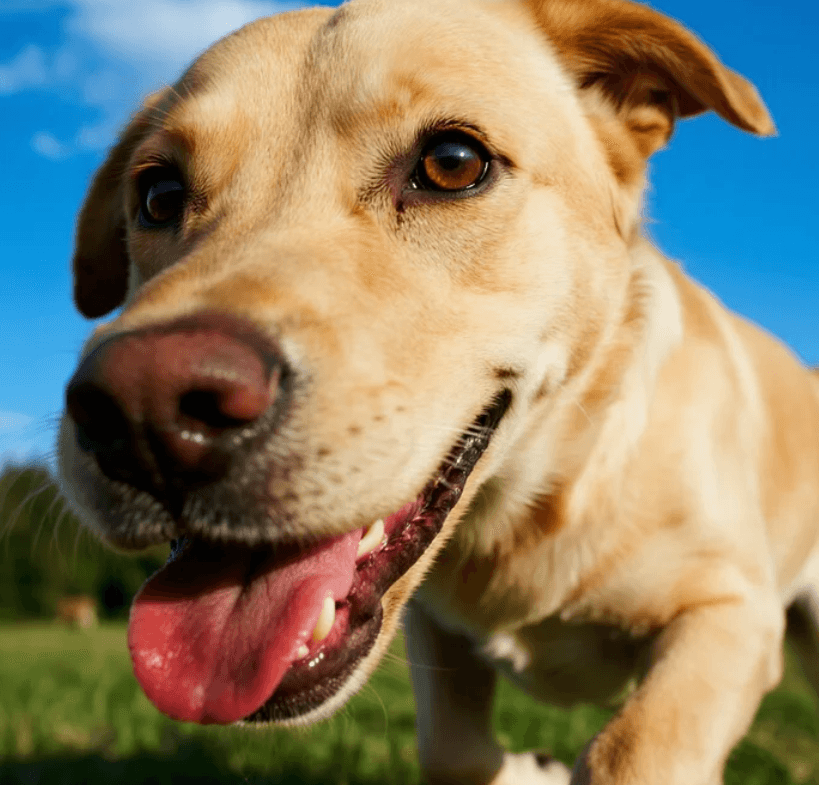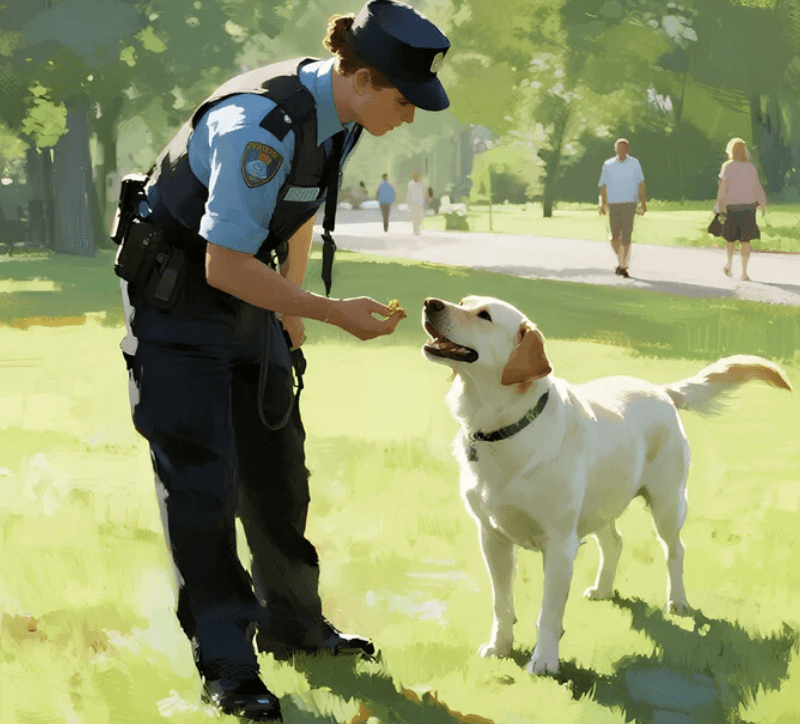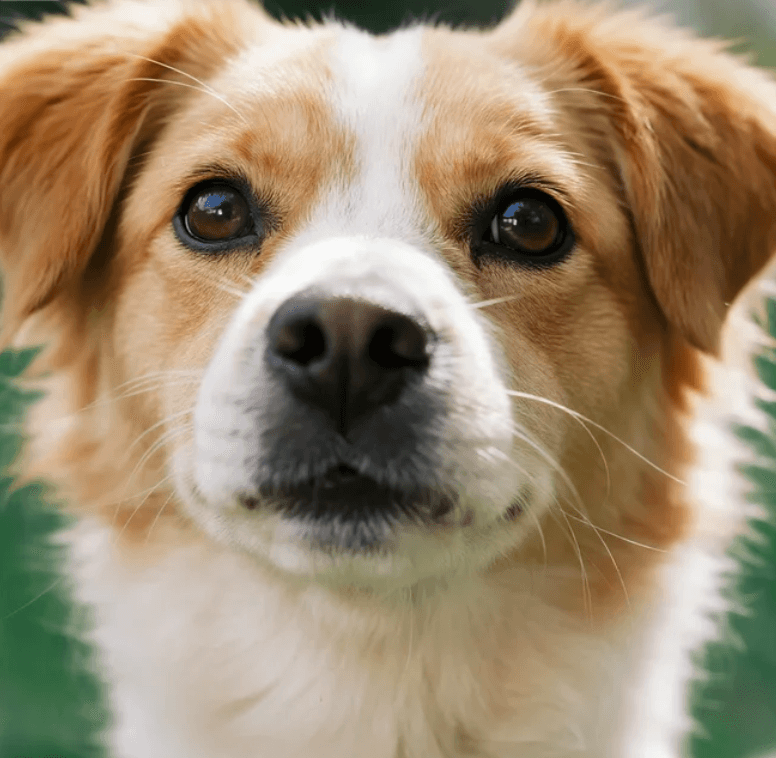How to Train a Puppy to Toilet: Complete Step-by-Step Guide for New Dog Owners

Why Toilet Training Your Puppy is Crucial
Welcoming a new puppy into your home is an exciting experience.
However, it also comes with a set of challenges, especially toilet training. Teaching your puppy where and when to relieve themselves is essential for maintaining a clean home and fostering a strong bond between you and your pet.
In this article, we’ll walk you through how to train a puppy to toilet using effective, humane, and proven techniques.
Understanding Your Puppy’s Needs and Behavior
Puppies have small bladders and underdeveloped control over their bodily functions. Most puppies need to go potty:
- After waking up
- After eating or drinking
- After playtime or excitement
- Every 1–2 hours depending on age
Understanding these natural tendencies allows you to anticipate when they need to go and guides your training routine effectively.
Prepare the Right Tools for Toilet Training
Before beginning the training, make sure you have the following tools:
- Crate: A properly-sized crate acts as a den and discourages elimination inside.
- Leash: For guiding your puppy to the toilet area.
- Puppy pads or artificial grass: Useful for apartment dwellers or during bad weather.
- Cleaning supplies: Use enzymatic cleaners to remove all odors and prevent repeat accidents.
- Treats: Positive reinforcement is essential.
Establish a Consistent Routine
Consistency is key. Create a fixed daily schedule that includes:
- Feeding times
- Potty breaks
- Playtime and exercise
- Sleep and nap times
Taking your puppy out at regular intervals helps them learn what’s expected and when to go potty.
Choose a Designated Toilet Area
Always take your puppy to the same spot. The familiar smells will signal that it's the correct place. Whether it’s a specific patch in your yard or a corner on your balcony with pee pads, consistency helps build habit.
Use Commands and Reinforcement
Introduce a verbal cue like “go potty” or “toilet” as your puppy begins to eliminate. When they finish, immediately reward them with a treat and praise. Over time, they will associate the command with the action and the reward.
Supervise and Limit Freedom at First
Until your puppy is fully toilet trained, avoid giving them free rein of the house. Use baby gates or keep them in the same room as you. Constant supervision reduces the chance of accidents and allows you to correct behavior quickly.
Crate Training for Overnight and Absences
Crates are powerful tools in toilet training. Dogs naturally avoid soiling their sleeping area. Here’s how to use it correctly:
- Introduce the crate positively with treats and toys.
- Ensure the crate is just big enough for your puppy to stand, turn, and lie down.
- Take your puppy out to the toilet immediately after crate time.
Never use the crate as punishment.
Deal With Accidents Calmly and Effectively
Accidents will happen — it’s part of the process. When they do:
- Don’t punish your puppy — they won't understand.
- Interrupt gently with a clap or “no” if caught in the act.
- Immediately take them to the designated toilet area.
- Clean the spot thoroughly with an enzymatic cleaner.
Avoid Common Mistakes in Toilet Training
Many new puppy owners unknowingly make training harder by:
- Being inconsistent with schedules
- Changing toilet areas frequently
- Not praising or rewarding enough
- Using punishment or yelling
- Expecting results too quickly
Staying patient and consistent is the best route to success.
Transitioning From Indoor to Outdoor Toileting
If you start with puppy pads indoors, you’ll eventually want to transition to outdoor toilet training. Here's how:
- Gradually move the pad closer to the door.
- Then move it just outside.
- Finally, remove the pad and use only the outdoor spot.
Use the same verbal command and reward system during each step.
Sample Toilet Training Schedule (8–12 Week Puppy)
Here's a basic daily toilet schedule:
- 7:00 AM: Wake up and toilet
- 7:15 AM: Breakfast
- 7:45 AM: Toilet
- Every hour: Short toilet break
- 12:00 PM: Lunch + toilet after
- Evening: Dinner + toilet after
- Before bed: Final toilet
- Midnight (optional): Brief toilet break (young pups)
How Long Does Toilet Training Take?
Most puppies take 4 to 6 months to become reliably toilet-trained. However, some may take up to a year. Factors include:
- Breed
- Age when training begins
- Consistency of training
- Previous training experiences (or lack thereof)
Celebrate progress and don’t stress over occasional setbacks.
Signs Your Puppy is Fully Toilet Trained
You’ll know your puppy is trained when they:
- Wait by the door or signal they need to go
- Go to the same toilet area consistently
- Have no accidents for several weeks
- Wake you up to go out instead of going in their crate
Tips for Apartment Dwellers
Living in a high-rise or without access to a backyard? Try the following:
- Use pee pads or grass mats on a balcony or in a bathroom corner
- Train your puppy to use a bell or bark at the door
- Consider a dog walker for midday toilet breaks
When to Seek Help From a Professional
If your puppy shows signs of stress, regression, or frequent accidents after months of training, consult a certified dog trainer or a vet.
Medical issues such as urinary tract infections can sometimes mimic bad behavior.
Patience, Love, and Consistency Are the Keys
Toilet training your puppy can seem daunting at first, but with the right approach and attitude, your pup will grow into a well-behaved and house-trained companion.
Remember, every dog learns at their own pace, so stay positive, stay consistent, and reward progress. You’ve got this!
 Related Articles
Related Articles





